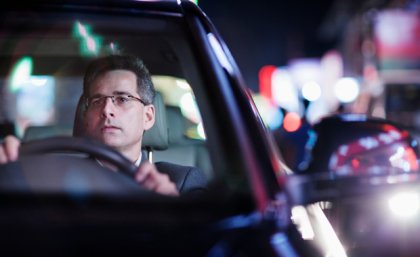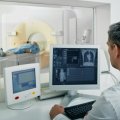
A University of Queensland study on the relationship between Random Breath Testing (RBT) and alcohol-related traffic accidents in Australia has ranked the New South Wales RBT program the best in the country, followed closely by the Queensland program.
UQ researcher Dr Jason Ferris told the 7th Australasian Drug and Alcohol Strategy Conference in Brisbane recently that New South Wales came out ranked number one and Western Australia was ranked last in the study.
Dr Ferris, from UQ’s Institute for Social Science Research, said the study provided evidence to help states and territories improve RBT operations.
“Australia has long been considered a world leader in effective RBT programs, but programs across Australian jurisdictions are not implemented uniformly,” Dr Ferris said.
“We found that those jurisdictions with RBT to licensed driver ratios of 1:1 (New South Wales, Queensland and Victoria) typically reported stable to declining trends in alcohol-related car accidents and a lower percentage of self-reported drink-driving,” he said.
Rankings were based on RBT ratios, alcohol-related car accident trends and the percentage of self-reported drink-driving.
Dr Ferris said RBT programs may benefit from being tailored to the population size and geography of each jurisdiction.
“The study into RBT data and alcohol-related traffic crash rates shows that there isn’t one perfect solution for every state and territory,” he said.
“In smaller jurisdictions, efforts to ensure RBT operations are truly ‘random’ are important to ensure programs don’t lose their impact, while in larger jurisdictions such as Queensland and Western Australia, RBT ratios greater than 1:1 may be required.”
“The findings suggest that RBT ratios and alcohol-related traffic crashes are also influenced by factors such as education campaigns, RBT publicity, penalties and rehabilitation programs.
“However, the expected relationship between RBT and alcohol-related traffic crashes is not clear cut across all jurisdictions.
“Jurisdictions with lower RBT to driver ratios (such as South Australia 1:2 and the Australian Capital Territory 1:3) still achieved a decrease in the alcohol-related car accident rate over time. However, those jurisdictions also recorded a higher percentage of self-reported drink-driving.”
Dr Ferris’s A national examination of random breath testing and alcohol-related traffic crash rates (2000-2012) is published here.
The study was funded by the Foundation for Alcohol Research and Education (FARE).
Media: Honor Morton, Institute for Social Science Research, honor.morton@uq.edu.au, 3365 6072, 0405 244 874, Jason Ferries, j.ferris@uq.edu.au 0438 557842.
.jpg)










